Telehash

Telehash: Open Source P2P Networking Protocol
A decentralized networking protocol allowing peer-to-peer connections between devices and servers without central servers, utilizing cryptographic hashes for secure connection establishment.
What is Telehash?
Telehash is an open-source networking protocol and software library that enables peer-to-peer connections between devices and servers without relying on centralized servers or services. It allows applications and devices to directly connect and communicate securely via the internet.
The key principle behind Telehash is the use of cryptographic hashes to establish connections between peers instead of IP addresses and ports. Each device generates a unique cryptographic hash to identify itself and discovers other devices through a decentralized hash table. Once connected, the peers communicate directly through encrypted channels.
Some of the main benefits of Telehash include:
- Decentralized architecture without centralized servers
- End-to-end encrypted communications between peers
- Firewall and NAT traversal capabilities
- Lightweight and efficient for peer-to-peer messaging
- Extensible to support different transports like Bluetooth, Zigbee etc.
Telehash has libraries and SDKs for various languages like Javascript, Java, Go etc. It can be used to build decentralized applications, messaging systems, IoT connectivity platforms and other peer-to-peer network layers.
Telehash Features
Features
- Decentralized peer-to-peer connections
- End-to-end encrypted channels
- Mesh networking
- NAT traversal
- Minimal bandwidth usage
Pricing
- Open Source
Pros
Cons
Official Links
Reviews & Ratings
Login to ReviewThe Best Telehash Alternatives
Top Network & Admin and Networking Tools and other similar apps like Telehash
Here are some alternatives to Telehash:
Suggest an alternative ❐OpenWrt

DD-WRT

Freenet
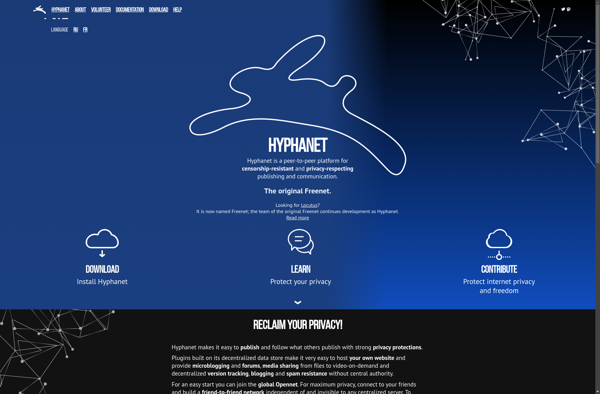
The Serval Mesh
GNUnet
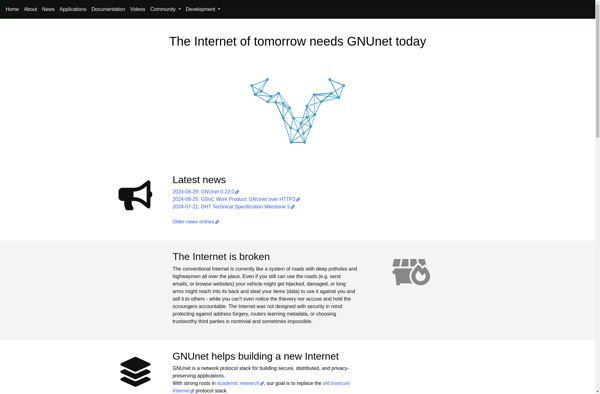
The Serval Project

LibreMesh
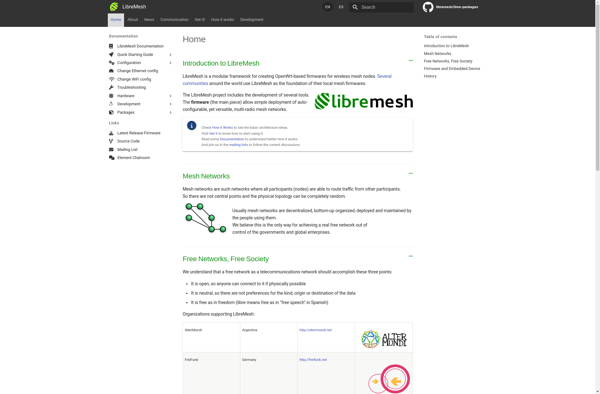
Ninux

Cjdns

Babel (protocol)
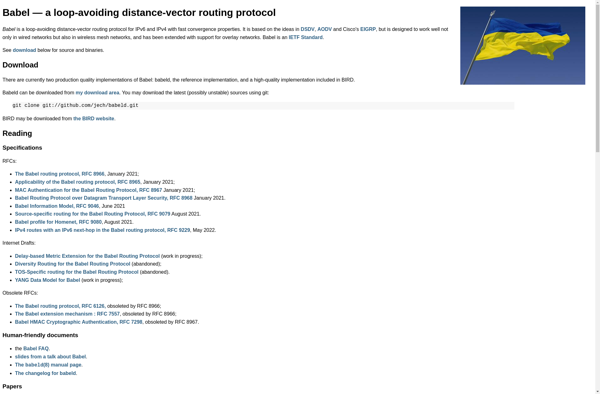
OLSR (Optimized Link State Routing)

Qaul
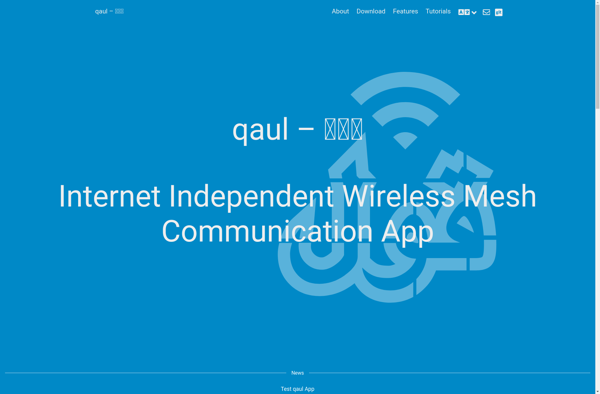
Digitata
